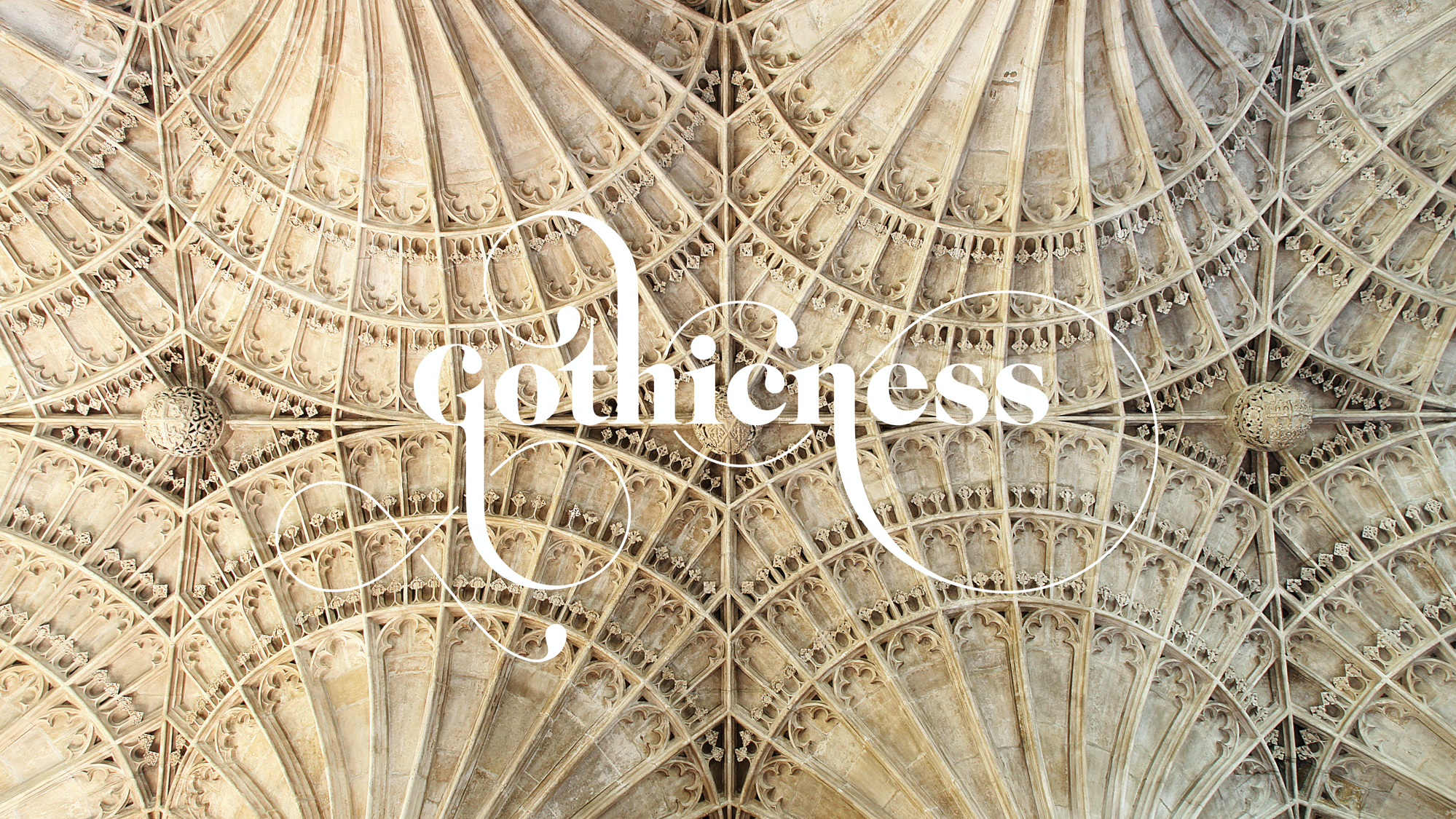
Gothicness
Lectures (3)
Loading Accordion Items...The Overview
In his treatise ‘The Nature of Gothic’, the 19th-century English writer and theoretician John Ruskin outlined Gothic architecture as a movement embedded in a social agenda. Gothic, dedicated to the love of change and workmanship, became a protagonist against classicism, which orders the direct reproduction of idealized form, or, as Ruskin posits, “makes plagiarists of its architects and slaves of its workmen.” In Ruskin’s scheme, Gothic and Classicism are not passé styles, but have resonated “to a greater or lesser degree” with the many architectural cultures of the past and present. This course revisits the impulse to study Gothicness: the history of the Gothic as a social as well as a visual paradigm. Discussing architecture from an updated understanding of structure, statics, and form, we locate the foundations of Gothicness not only in late medieval Christian Europe, but across Romanesque, Byzantine, and Islamic structures of the central Middle Ages.
Like Ruskin, we focus on the architectonic element of the rib, which emerged simultaneously as a structural system and as a conspicuous visual device. Whereas Ruskin’s six characteristics of Gothicness are predominantly stylistic (Savageness, Changefulness, Naturalism, Grotesqueness, Rigidity, Redundance), our course units focus on three peculiar moments of reconciliation between the use of the rib as a functional and rhetorical element: Pierness, Springness, and Vaultness. The earliest rib vaults, such as those found in the Romanesque church of Sant’Ambrogio in Milan, disrupted the classical idea of the column and produced clustered piers, enabling builders to develop the visual grammar of the structure of supports. Meanwhile, masons of early rib vaults, such as the precocious 10th-century ribbed dome of the Mosque of Bab-Mardum in Toledo (built in Umayyad Spain before the Reconquest by Christian Europe), were challenged to develop the structurally sophisticated springing points of different kinds of ceilings. The springing was simultaneously required to consist of only a single stone and incorporate a plurality of intersecting shapes. This problematic also encompassed problems such as the transition between square bays and domes using lintels, squinches, pendentives, and trompes. Finally, Gothic vaults exhibit, in their dazzling variety, the dual function of ribs as a structural solution and rhetorical device. Rib vaults forged a direct connection between the innovations of workshops and the possibilities of symbolic and political expression: for example, the builders of the “crazy vaults” in St. Hugh’s Choir at Lincoln Cathedral creatively used false ribs to ‘double’ the decorative richness of the Trinity Chapel in Canterbury Cathedral, expressing the competitive sanctity between the famous bishop saints of both churches.
Religious and political institutions such as the Crusader States, the Almoravid sultans, the Cistercian monks, and the Angevins of Naples disseminated rib technology in the service of new international power networks, taking advantage of emerging long-distance trade pathways to facilitate the travel of builders and materials (from Spain to Tunisia, from France to the Morea, etc.). Gothicness was thus not a closed system, but a sprawling web that responded to shared economic and social developments throughout the Mediterranean, troubling and challenging the classical order which once dominated the sea.


